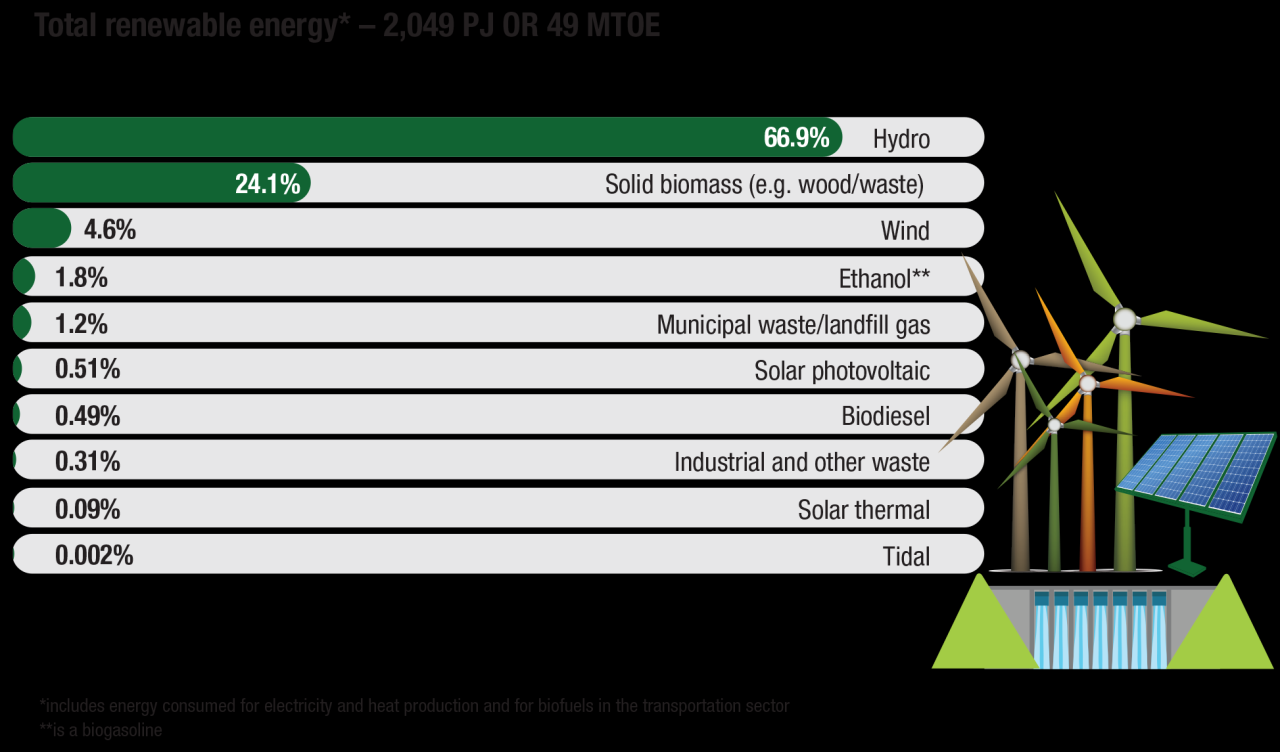
Renewable Energy: Powering the Future with Sustainable Options
In an era marked by climate change and the depletion of fossil fuels, renewable energy has emerged as a promising solution to meet our growing energy demands while preserving the environment. Renewable energy sources, such as solar, wind, hydro, geothermal, and biomass, offer reliable and sustainable alternatives to conventional fossil fuels.
Advantages of Renewable Energy:
- Sustainable: Renewable energy sources are derived from natural resources that replenish themselves, such as sunlight, wind, and water. They do not emit greenhouse gases or other pollutants that contribute to climate change.
- Cost-effective: The cost of renewable energy technologies has declined significantly in recent years, making them increasingly competitive with fossil fuels.
- Decentralized: Renewable energy can be generated in small-scale, distributed systems, allowing communities to become more self-sufficient and reduce energy security risks.
- Job creation: The renewable energy sector has created millions of jobs worldwide, both in manufacturing and installation.
Types of Renewable Energy Sources:
- Solar energy: Harnesses the sun’s rays to generate electricity through photovoltaic cells or heat water through solar thermal panels.
- Wind energy: Converts the kinetic energy of moving air into electricity through turbines mounted on towers.
- Hydroelectric energy: Generates electricity by capturing the energy of flowing water, such as in rivers and dams.
- Geothermal energy: Utilizes the heat from the Earth’s core to produce electricity or heat buildings.
- Biomass energy: Converts organic matter, such as wood, crops, and manure, into heat, electricity, or biofuels.
Challenges of Renewable Energy:
- Intermittency: Some renewable energy sources, such as solar and wind, are intermittent, meaning that they are not available at all times. This requires energy storage systems or backup power sources.
- Space requirements: Large-scale renewable energy projects, such as wind farms and solar arrays, can require significant land areas.
- Environmental impacts: While renewable energy is generally cleaner than fossil fuels, it can still have localized environmental impacts, such as on wildlife and water resources.
Global Trends in Renewable Energy:
Globally, the use of renewable energy is growing rapidly. In 2021, renewable energy accounted for over 28% of global electricity generation, up from 26% in 2020. China is the world’s largest producer and consumer of renewable energy. Other countries, such as the United States, Germany, and the United Kingdom, are also making significant investments in renewable energy technologies.
Conclusion:
Renewable energy is an essential component of the transition to a sustainable and low-carbon future. With its benefits of sustainability, cost-effectiveness, job creation, and environmental protection, renewable energy has the potential to reshape the global energy landscape and mitigate the effects of climate change. Continued investment and innovation in renewable energy technologies will be crucial for ensuring a clean, reliable, and prosperous future for generations to come.


